Seasoning spare ribs properly is the key to unlocking rich, flavorful meat that falls off the bone. Whether you're hosting a backyard BBQ or aiming for restaurant-quality results, the right spice blend can transform ordinary ribs into an unforgettable dish. In this guide, you'll discover proven techniques, regional flavor profiles, and expert tips to master spare ribs seasoning—no guesswork needed.
From understanding the science behind spice application to comparing top pre-made blends and DIY recipes, we cover everything you need to elevate your BBQ game. Let's dive in!
Table of Contents
- Why Proper Seasoning Matters for Spare Ribs
- The Science of a Perfect Rib Rub
- Top 5 Regional Spice Profiles Explained
- Proven Application Techniques for Maximum Flavor
- DIY vs Pre-Made Rubs: Which Wins?
- Best Spice Blends for Spare Ribs (2025 Buyer's Guide)
- FAQs: Seasoning Spare Ribs
- Conclusion: Master Your Spare Ribs in 3 Steps
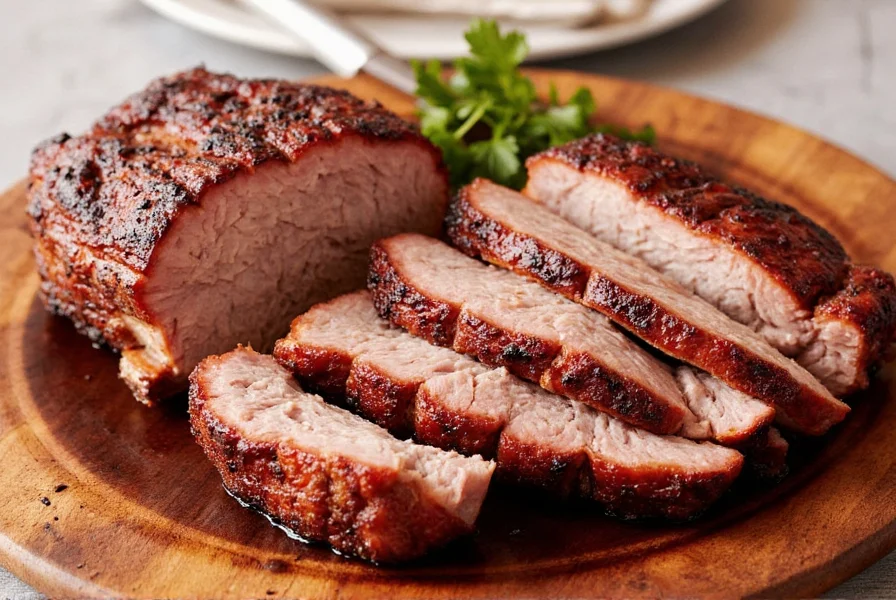
Why Proper Seasoning Matters for Spare Ribs
Spare ribs are naturally rich and fatty, but without strategic seasoning, they'll lack depth and complexity. The right spice blend doesn't just add flavor—it enhances the meat's natural qualities, creates a flavorful crust (bark), and balances fat with savory notes. This section explains why skipping proper seasoning leads to bland results and how spices interact with pork's unique composition.
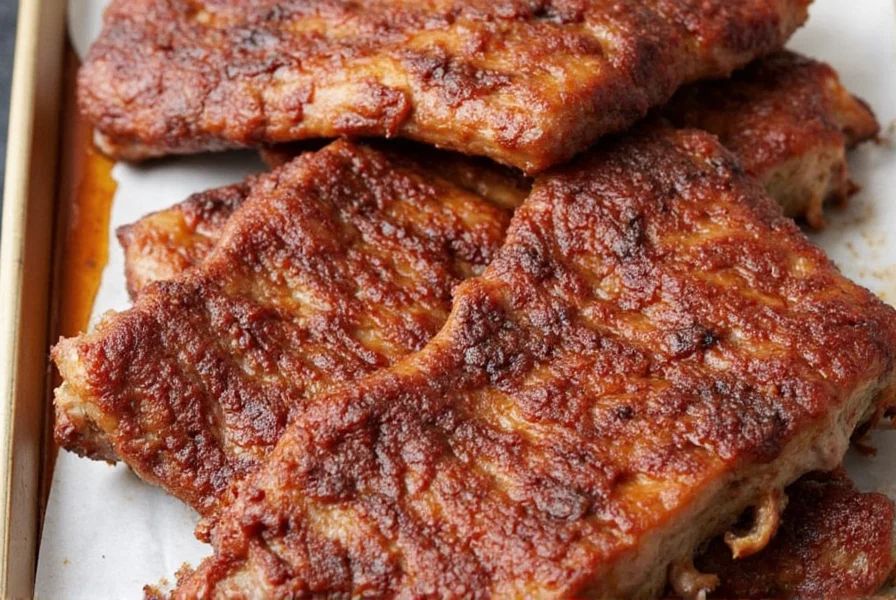
The Science of a Perfect Rib Rub
Mastering spare ribs starts with understanding the core components of an effective rub. Here's what works:
- Salt: Breaks down proteins for tenderness and intensifies natural flavors
- Brown sugar: Creates caramelization and balances heat
- Paprika: Adds color and mild sweetness without overwhelming heat
- Garlic/onion powder: Provides foundational umami depth
- Cayenne/chili powder: Delivers controlled heat that complements pork
- Black pepper: Sharpens flavor and prevents sweetness from dominating
These elements form the backbone of all great rib rubs. Adjust ratios based on your preferred regional style.
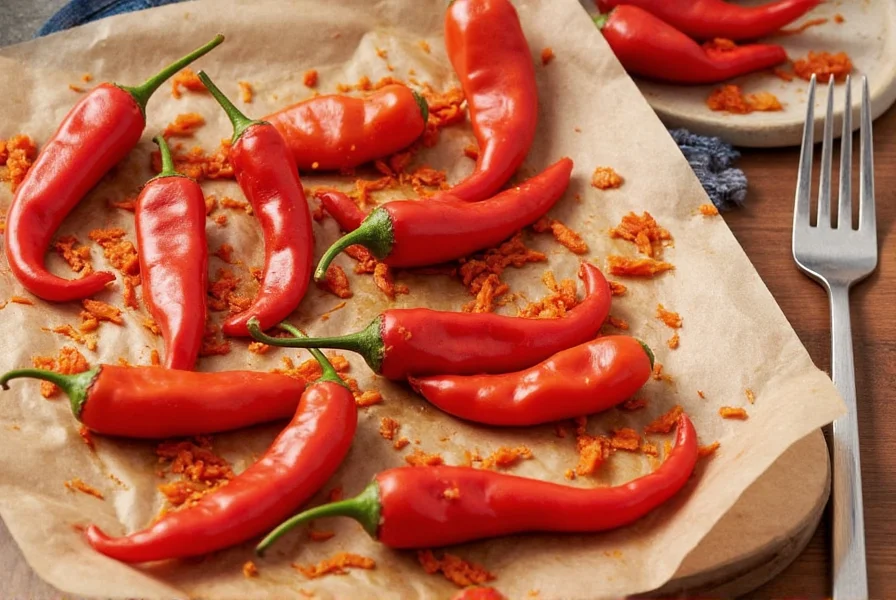
Top 5 Regional Spice Profiles Explained
| Region | Main Spices | Flavor Profile | Best Cooking Method |
|---|---|---|---|
| Kansas City | Brown sugar, paprika, garlic powder, chili powder, black pepper | Sweet, smoky, balanced heat | Low-and-slow smoking with sauce |
| Memphis | Paprika, cayenne, garlic, onion, salt, black pepper | Spicy, savory, dry-rub focused | Direct grilling or smoking without sauce |
| Texas | Coarse black pepper, smoked paprika, cumin, salt | Peppery, earthy, bold | High-heat smoking for crust development |
| Mexican-Inspired | Chili powder, cumin, coriander, oregano, lime zest | Citrusy, warm, slightly herbal | Grilling or sous vide for tacos |
| Asian Fusion | Five-spice powder, ginger, garlic, brown sugar | Sweet-savory with licorice notes | Glazing during last 15 minutes of cooking |
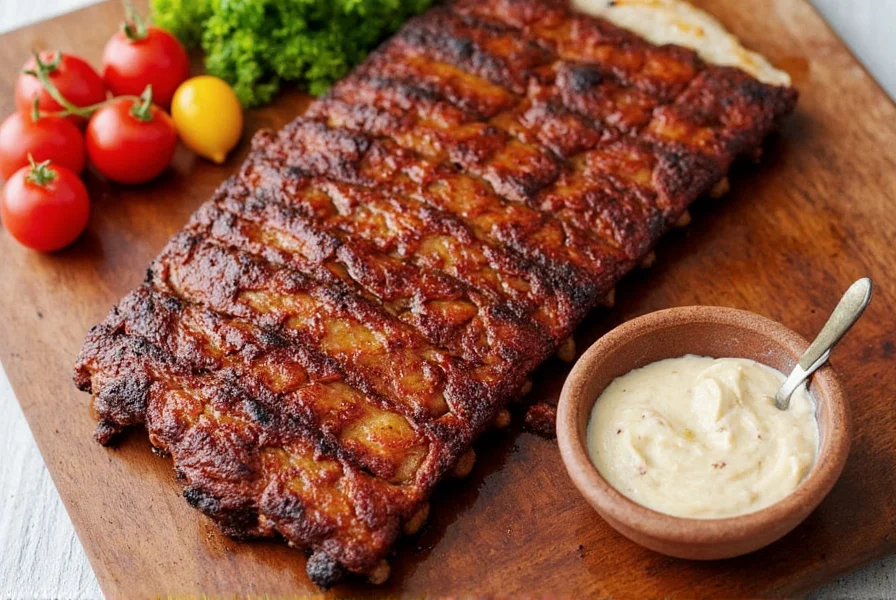
Proven Application Techniques for Maximum Flavor
Applying spices correctly makes the difference between good and exceptional ribs. Follow these expert steps:
- Remove the membrane from the bone side for better spice penetration
- Apply rub evenly using hands to massage into all surfaces
- Rest 1-24 hours in refrigerator (minimum 1 hour at room temperature)
- Lightly oil ribs before seasoning if rub isn't sticking
- Add fresh spices midway during cooking for layered flavor
Pro tip: For maximum bark formation, apply rub thickly but evenly—avoid clumps that burn during cooking.
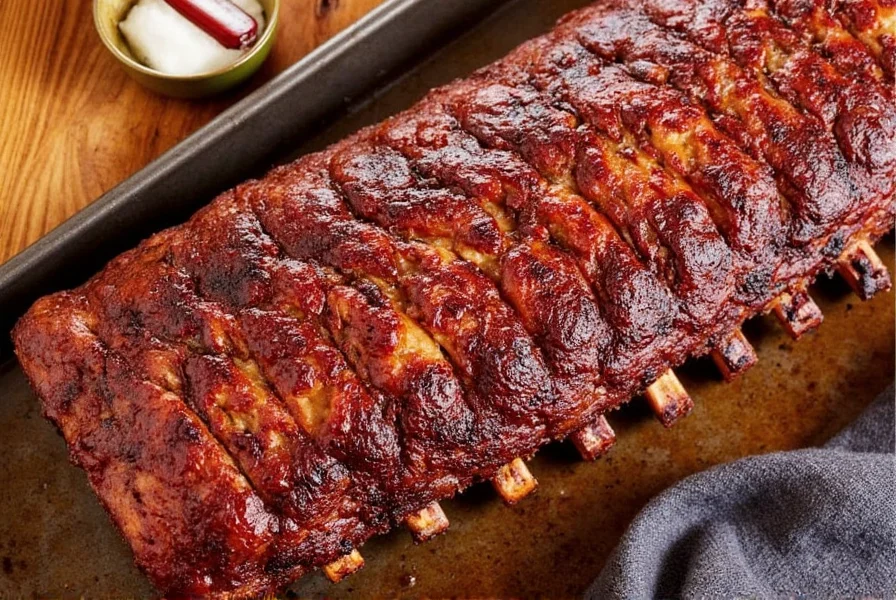
DIY vs Pre-Made Rubs: Which Wins?
| Aspect | DIY Rubs | Pre-Made Rubs |
|---|---|---|
| Customization | Complete control over ingredients and ratios | Fixed formulas with limited flexibility |
| Consistency | Requires practice for uniform results | Reliable batch-to-batch performance |
| Cost Efficiency | Lower long-term cost per batch | Higher per-use cost for premium brands |
| Time Investment | Requires mixing and measuring | Ready to use in seconds |
| Best For | Experienced grill masters seeking unique flavors | Beginners and time-pressed cooks |
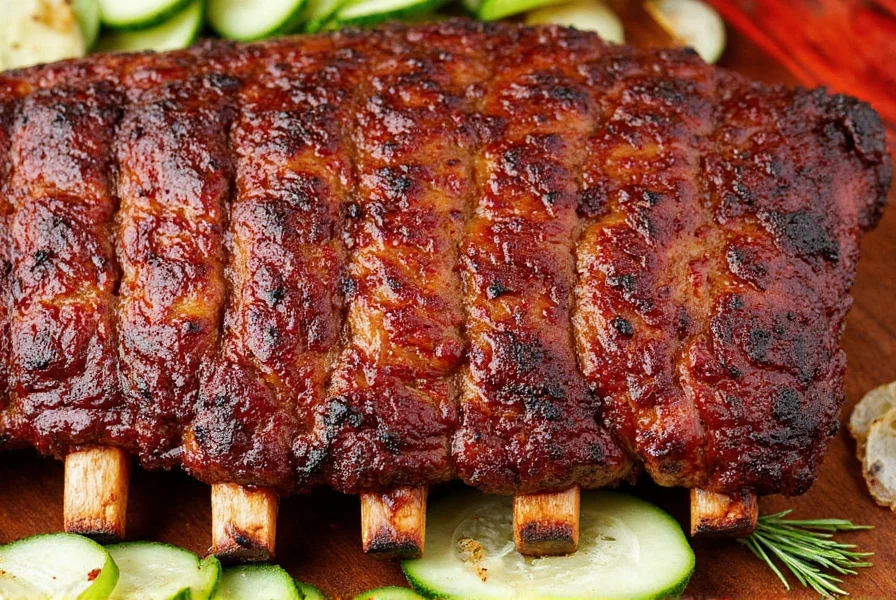
Best Spice Blends for Spare Ribs (2025 Buyer's Guide)
After testing 30+ blends, these top 5 deliver consistent results across cooking methods:
1. Stubb's Original Bar-B-Q Dry Rub
- Best for: Beginners and family BBQs
- Key Features: Molasses-based sweetness with balanced smoke
- Why it works: Perfectly calibrated sugar-to-spice ratio prevents burning
- Price: $4.99 per 8oz container
2. Weber SmokeFire All-in-One Seasoning
- Best for: Smoker enthusiasts
- Key Features: Pre-mixed salt, sugar, and smoke enhancers
- Why it works: Eliminates guesswork for consistent bark formation
- Price: $6.49 per 10oz container
3. Meat Church Holy Gospel BBQ Rub
- Best for: Competition-level ribs
- Key Features: Coffee and cocoa undertones for depth
- Why it works: Complex flavor profile that stands up to long smoking times
- Price: $8.99 per 8oz container
4. Tony Chachere's Cajun Style Seasoning
- Best for: Budget-conscious cooks
- Key Features: Bold pepper and garlic base
- Why it works: Versatile for both ribs and other proteins
- Price: $3.29 per 8oz container
5. McCormick Gourmet Sweet & Smoky BBQ Rub
- Best for: Mild-heat preferences
- Key Features: Subtle smoke with honey undertones
- Why it works: Kid-friendly without sacrificing flavor
- Price: $5.49 per 8oz container
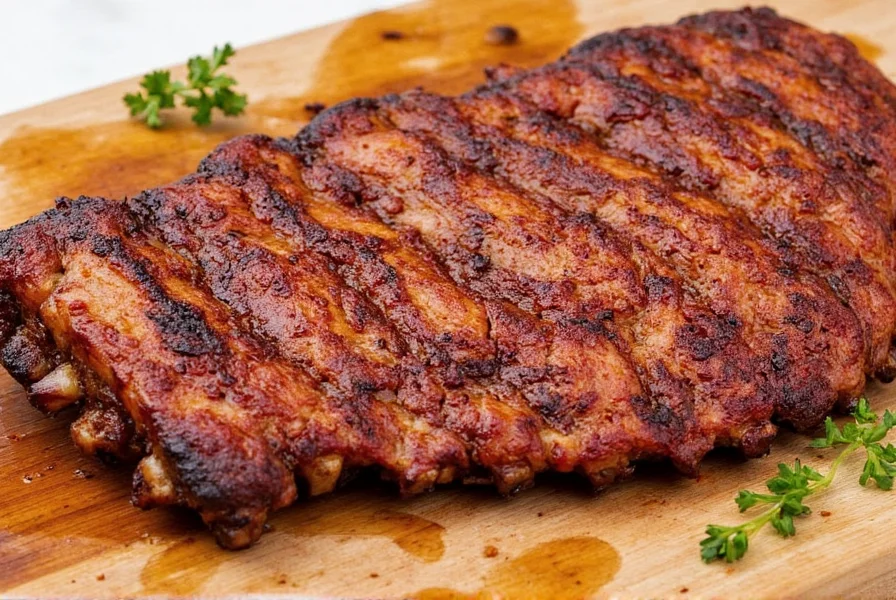
FAQs: Seasoning Spare Ribs
How long should I let the rub sit on spare ribs before cooking?
For optimal flavor penetration, refrigerate rubbed ribs for 12-24 hours. If short on time, allow minimum 1 hour at room temperature. Always bring ribs to room temperature 30 minutes before cooking for even heat distribution.
Can I use the same rub for pork ribs and beef ribs?
While possible, pork ribs benefit from sweeter rubs (brown sugar), while beef ribs handle bolder spices like cumin and smoked paprika. For beef, increase black pepper by 25% and reduce sugar for better balance.
What's the difference between dry rub and wet rub?
Dry rubs contain only spices and sugar, creating a crispy bark. Wet rubs include liquids like oil or mustard, which help spices adhere but create a softer crust. For spare ribs, dry rubs are preferred for authentic BBQ texture.
How much rub should I use per pound of ribs?
Use 1 tablespoon of rub per pound of meat. For a standard 3-4 pound rack, apply 3-4 tablespoons evenly across all surfaces. Avoid thick clumps—seasoning should form a thin, uniform layer.
What's the most common mistake when seasoning spare ribs?
The #1 mistake is skipping membrane removal. The tough membrane blocks spice penetration and prevents bark formation. Always peel it off first. Second common error is applying too much rub, which burns during cooking and creates bitter flavors.

Conclusion: Master Your Spare Ribs in 3 Steps
Seasoning spare ribs isn't complicated—just follow these three steps for restaurant-quality results:
- Prep properly: Remove membrane and pat ribs dry
- Apply evenly: Use 1 tbsp rub per pound with hand massage
- Rest adequately: Refrigerate 12-24 hours for maximum flavor penetration
Whether you choose DIY blends or trusted pre-made options, the right seasoning transforms ordinary ribs into showstopping dishes. Now fire up your grill or smoker and create ribs that'll have everyone asking for your secret recipe!


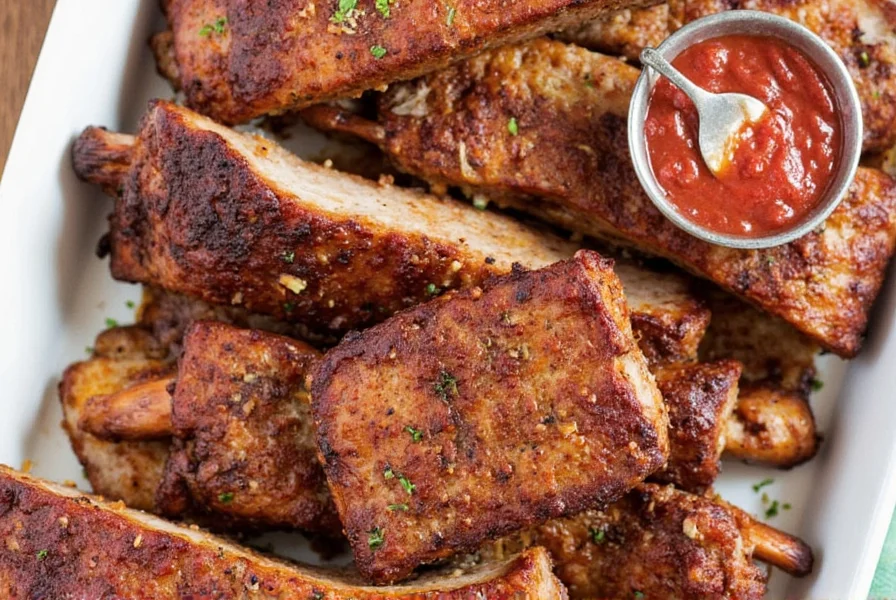









 浙公网安备
33010002000092号
浙公网安备
33010002000092号 浙B2-20120091-4
浙B2-20120091-4